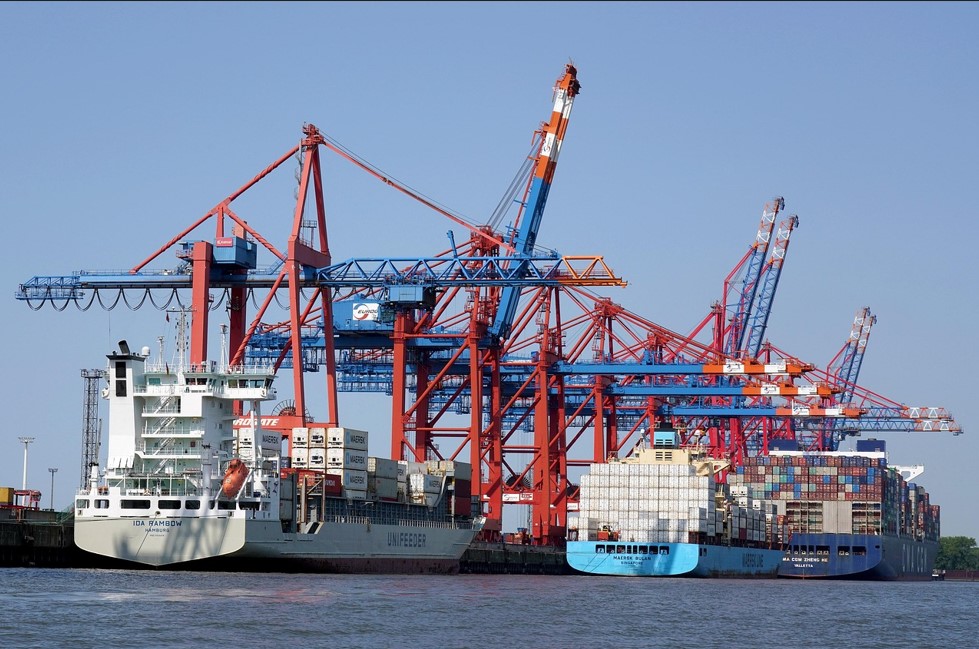In 2025, the geopolitical landscape has once again turned its focus toward the enduring economic powerhouses of the 21st century the United States and China. After years of friction, broken negotiations, and tariff wars, both nations have re-entered formal trade talks. While the political symbolism is important, the more critical lens is the one through which Wall Street’s top strategists are now evaluating this development.
These new talks represent more than just diplomacy they are the foundation of global economic reconfiguration, influencing everything from commodity prices to interest rates, currency movements, and long-term investor sentiment.
Strategic Shift: What Makes the 2025 Trade Talks Different?
Unlike prior attempts that were largely focused on short-term tariff eliminations and reactive policy shifts, the 2025 US-China trade dialogue is anchored in structural economic reforms, supply chain security, and tech-sector autonomy.
The United States Trade Representative (USTR) emphasized that a significant part of the discussions will center around:
- Digital trade governance
- Export controls and compliance
- Enforceable rules on intellectual property
- Industrial subsidies transparency
A comprehensive fact sheet published by the USTR outlines the current negotiation objectives and can be accessed through their official platform: USTR Fact Sheet on U.S.-China Trade Relations.
This shift in approach is not lost on Wall Street. Investment banks, hedge funds, private equity firms, and institutional players have already started modeling multiple outcomes.
Wall Street’s Forecast: Calculated Optimism or Hidden Anxiety?
Goldman Sachs, in its latest macroeconomic bulletin, projects that a successful agreement could contribute up to 0.4–0.6% GDP growth in the U.S. over the next 12 months. The firm believes the clearest beneficiaries will be companies in the sectors of:
- Advanced manufacturing
- Cloud computing and AI exports
- Agribusiness
- Cybersecurity and compliance software
In contrast, JPMorgan’s research desk offered a mixed forecast. While they acknowledge the potential short-term capital gains across emerging markets and tech indices, they caution that “any instability in enforcement or a reversal in political will especially in an election year could turn optimism into market volatility.”
Morgan Stanley’s Q2 strategy report added another dimension: global portfolio reallocation. According to them, any firm movement toward easing trade restrictions would see capital flowing back into Asia-Pacific ETFs, China-exposed equities, and global manufacturing hubs like Vietnam, Malaysia, and Mexico, all of which were indirectly affected by previous U.S.-China tensions.
Critical Market Implications
The implications of a stabilized US-China trade framework reach far beyond their domestic economies. Here are the most significant effects analysts expect:
1. Technology Sector Realignment
The trade deal could lead to renewed partnerships between U.S. tech giants and Chinese manufacturers. Expect companies like Apple, Qualcomm, and NVIDIA to renegotiate their supplier contracts and invest in semi-cooperative R&D models. This also bodes well for smaller firms in the supply chain ecosystem.
2. Global Supply Chain Restructuring
A central theme in these negotiations is to de-risk the over-concentrated supply chains built around East Asia. American firms, particularly in pharmaceuticals, electronics, and green energy components, are planning hybrid sourcing models that blend Chinese infrastructure with Southeast Asian and Latin American manufacturing partners.
3. Investor Behavior and Currency Trends
If a clear roadmap emerges, the U.S. dollar may weaken slightly as global risk appetite grows and capital moves toward higher-yielding assets. Conversely, the Chinese yuan could stabilize, especially if Beijing opens its financial markets further to foreign institutional investors.
Key Industries to Watch
Agriculture
U.S. agriculture exporters are expected to reclaim lost ground in Chinese markets. Soybeans, pork, dairy, and even niche markets like ethanol could see strong rebounds. Analysts recommend watching firms like Archer Daniels Midland (ADM) and Deere & Co., both of which have high China-related exposure.
Industrial Manufacturing
Industrial firms involved in clean energy equipment, automation, and smart logistics are forecasted to see export demand increase. Wall Street is particularly bullish on ETFs like XLI (Industrial Select Sector SPDR) and PAVE (Global X U.S. Infrastructure Development ETF).
Digital Commerce and Data Infrastructure
There are talks about including frameworks for cross-border data transfer, e-commerce tax treatment, and cybersecurity cooperation. Companies that enable this infrastructure such as Akamai, Cloudflare, and Oracle are on watchlists for aggressive institutional buying.
Long-Term Considerations: Stability or Strategic Risk?
While Wall Street is mostly optimistic, several systemic concerns continue to cloud long-term confidence:
- China’s domestic debt and real estate fragility
- U.S. policy swings based on electoral cycles
- Geopolitical tension over Taiwan and South China Sea
- Tech sovereignty and digital surveillance laws
These risks, if not addressed in parallel to the trade deal, could limit the durability of any economic boost. Analysts recommend that investors maintain a defensive overlay in their global portfolios, especially through hedged positions or defensive ETFs that offer lower beta exposure.
Retail Investor Strategy: Practical Moves
For individual investors, this is not just a geopolitical story it’s a call to adjust risk exposure. Financial planners suggest the following:
- Increase exposure to dividend-paying industrials and tech stocks with diversified global revenue.
- Add global bond funds that track economic rebalancing across Asia and Latin America.
- Monitor central bank movements, particularly in China and the U.S., to anticipate liquidity adjustments.
Also, stay updated with reliable data sources. The USTR’s official website is the best place to find verified updates:
https://ustr.gov/about-us/policy-offices/press-office/fact-sheets
Final Word: Turning Tensions into Trends
What we’re witnessing is more than just diplomacy it’s a strategic recalibration of global economic power. For Wall Street, this could mean a decade-defining opportunity or a well-camouflaged risk environment. As financial institutions continue to interpret the trade signals, one thing remains clear: investors who stay informed, adaptive, and globally diversified will be in the best position to benefit from this historic re-alignment.


